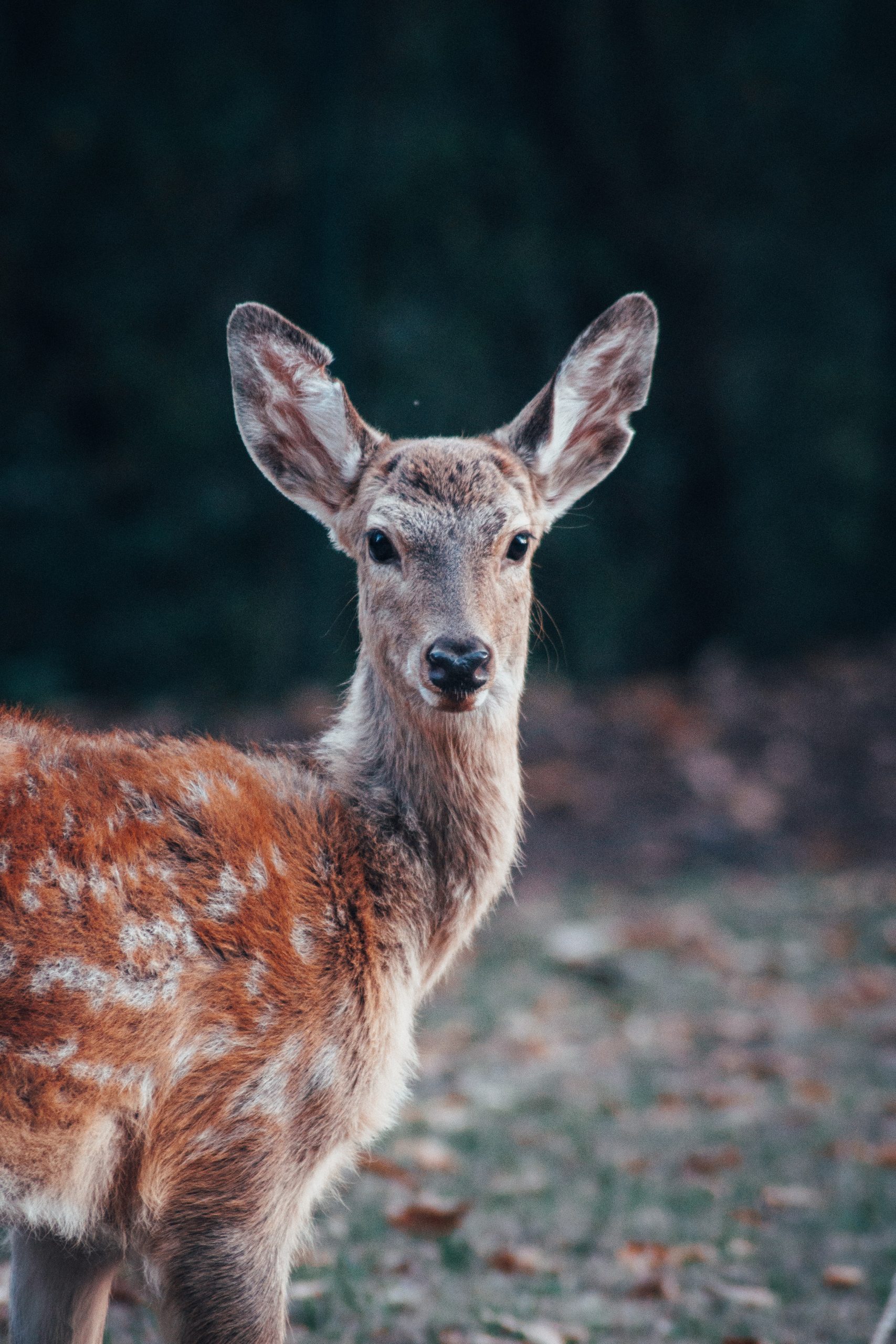Last Updated on October 10, 2022 by admin_hunter
The first game you’ll hunt may very well be deer if you’re a bowhunter or new hunter in North America.
Whitetail vs. mule deer: Mule deer or white-tailed deer are the most common types of deer hunting in North America. Deer are plentiful, healthy, and hunted for sport in the United States. There are more than 30 million deer found in the United States, according to wildlife experts!
The only issue is that distinguishing them can be difficult. Mule deer and white-tailed deer are two similar species with distinct characteristics. You must know what you’re hunting, exceptionally, because the differences between mule deer versus white-tailed deer may be subtle.
Visual Differences
Although there are several differences between these two creatures, it may not be easy to detect them at first glance. The more you learn about the distinctions between these two species, the more apparent they become. We’ve divided the characteristics into a few key groups, including:
Ear Size and Shape
Because of the mule deer’s large ears, this appears to be a great place to start: the term “mule ears” is given to them because they resemble mule’s ears.
Mule deer have more oversized, more pointed ears than white-tailed deer in most cases. A white-tailed deer’s ears are generally vertical, while deer mules’ ears are set at an angle of approximately 30 degrees from the head.
Despite their vast, broader ears, mule deer and black-tailed deer have exceptionally acute hearing, which is a significant benefit: they can overhear predators approaching from afar.
Tail Size and Color
On the subject matter of names, the whitetail’s name is derived from its tail color: It has a whitetail.
The confusion arises from the fact that the mule deer has a whitetail.
Here’s the distinction between them:
A white-tailed deer’s white tail serves as a warning: When the animals are threatened, their white hindquarters will shoot up to signal other deer to beware. Mule deer have a whitetail, but it’s not utilized to the same capacity as a solid black tail.
Another distinction: mule deer tails are thinner—they resemble a rope—and have black shading around the tail’s edge.
Antler Growth and Formation
The following distinction you’ll only notice in bucks is antler development.
The majority of mule deer has antlers that “fork” or split in two before dividing into four parts. That’s the case with deer, as well. It doesn’t always work out that way; there is plentiful variety in nature, which is lovely. But you’ll generally notice this pattern on a mule deer.
Deer antlers, on the other hand, follow a distinct growth pattern than white-tailed deer. A single primary beam, with tines extending from it, is all that distinguishes them. As a result, two distinct antler sets emerge.
Facial Differences
Most Mule deer don’t possess the same white markings as whitetails, and the color is typically lighter than the remaining part of their oat. They tend to have foreheads darker than whitetails, as well. The whitetails have a brownish hue on their faces and white rings around their eyes and nose.
Coat Colors
Next, we’ll look at coat color in our mule deer vs. whitetail deer comparison.
There’s a lot of variation in the mule deer and whitetail deer populations, but as a directive of thumb…
Mule deer are brownish-grey in color, just like the open plain. The whitetail coat is reddish-brown and might even be orange.
Overall Shape and Size
Body size is determined by various factors, and it’s usually a mix of genetics, diet, age, and environmental influences (among other things!), but all things being the same, the average mule deer will be somewhat more significant than the average whitetail. They may weigh anything from 75 to 350+ pounds (on the low-end) (on the high side). The average height from head to toe is between 36 and 42 inches, although it varies depending on the breed.
The Bergmann’s Rule, which holds that animals in colder northern climes are more extensive than those in warmer, southern locales, seems to apply to both types of deer. The further north you travel in North America, the more will be your chances of seeing both species.
Mule Deer vs. Whitetail Deer: Behavioral Differences
Let’s take a look at some of the other important distinctions between whitetails and mules after we’ve looked at the physical distinctions previously outlined—as well as how they will affect your hunt.
Reproductive Differences
There are slight variations in the breeding cycle of these two species, and here’s how it works.
Whitetails have a biological edge in that they can reproduce earlier in their biological clock, and the incubation period is about two weeks shorter.
A single fawn is delivered by both species approximately half of the time, and after that, two deer are produced each cycle (even though several can produce up to four fawns). Fawns are generally born towards the end of May/beginning of June.
Predatorily Differences
Both species are threatened by the same “routine suspects,” including coyotes, wolves, and cougars(and not forgetting humans).
Most predators go for the aged or young ones, and if a buck or doe has survived to adulthood, his or her chance of surviving from these animals is more remarkable.
Movement and Aggression
Let’s move on to behavior: how do these two breeds travel, and what are they like?
The most significant difference is their poise. Deer are generally nervous, but white-tailed deer are far jumpier than mule deer. They’re easy to scare. If you disturb a whitetail with noise or abrupt movement, they’ll likely shoot their tail straight up in the air and runoff.
If you’re after a white-tailed deer, you must be especially cautious of your odor, but you must also be vigilant about the sounds you produce. There’s a reason why so many whitetail hunters prefer ground blinds and tree stands, and it’s because they provide a peaceful approach to attack.
Mule deer are more forbearing of loud noises and activity than elk. They can seem to accept a little more movement before dashing away, although they are not compelled to do so. If you’re
mule deer, be wary of your odor and sound as well, but you may have a greater chance of success when it comes to spot-and-stalk chase.
The most significant distinction between this duo is their mode of transportation. Deer may jump, run, or scamper away from danger. Mule deer have a particular “hop” to avoid predators, whereas whitetails have a greater speed gallop. There are a few films found on YouTube that illustrate the difference in form, and we believe to be the finest. That concludes our discussion on the most significant distinctions between these two species and how to tell them apart.

